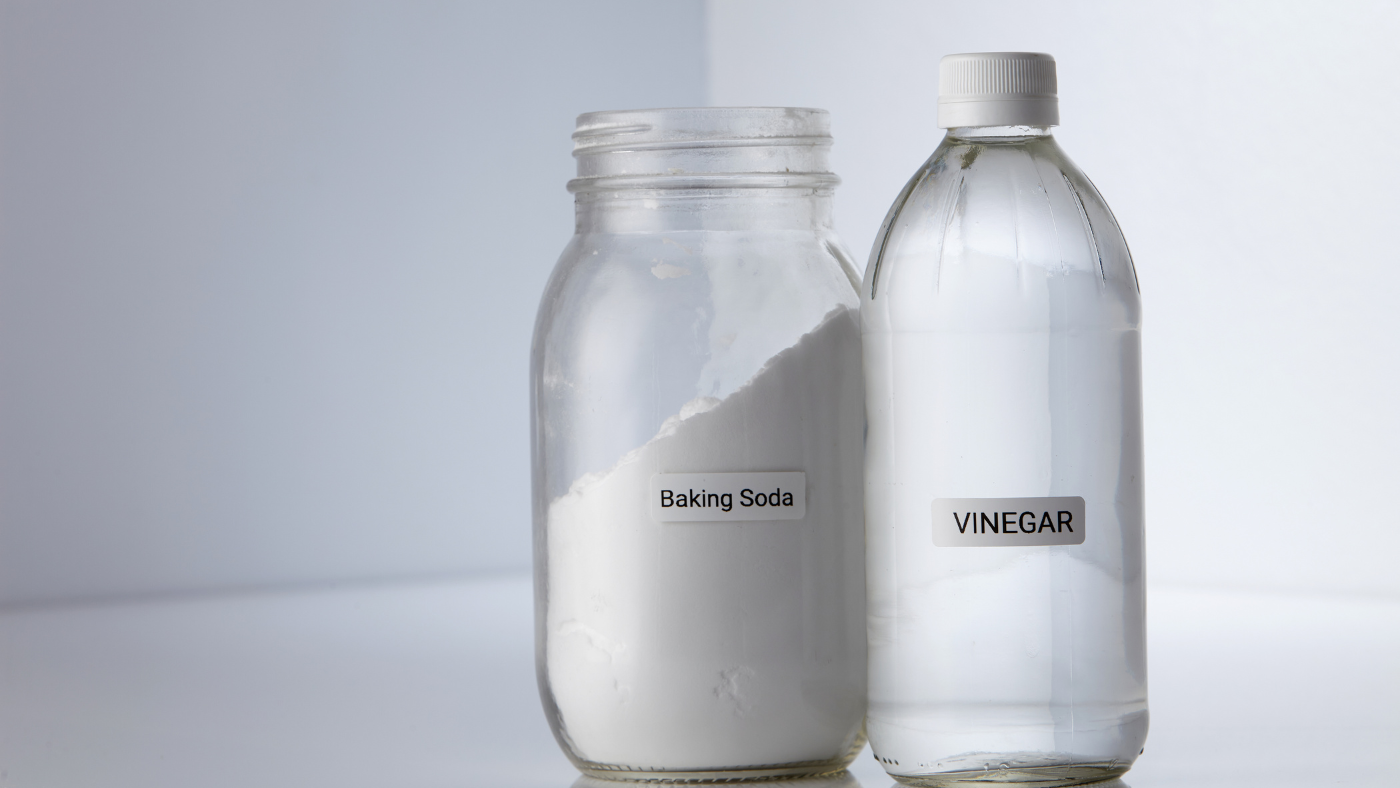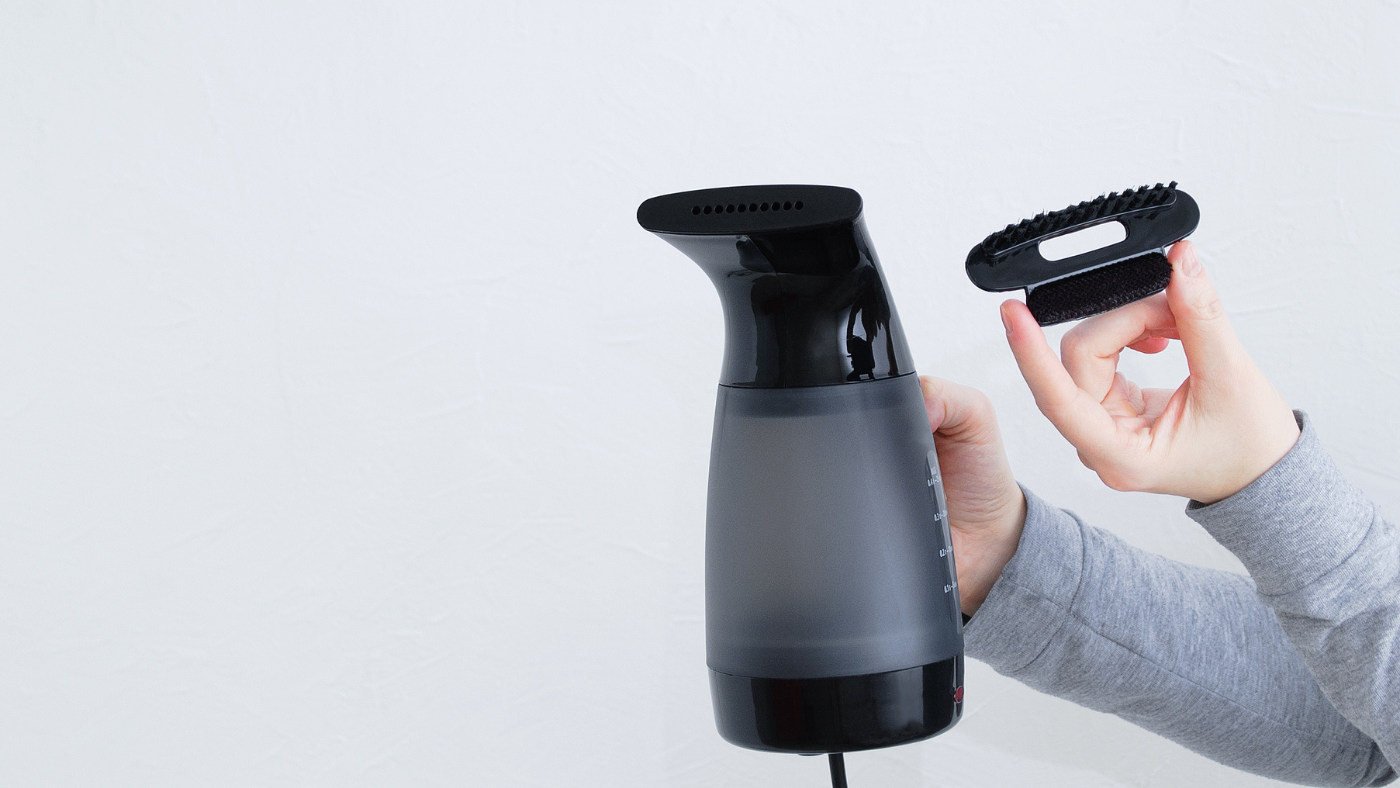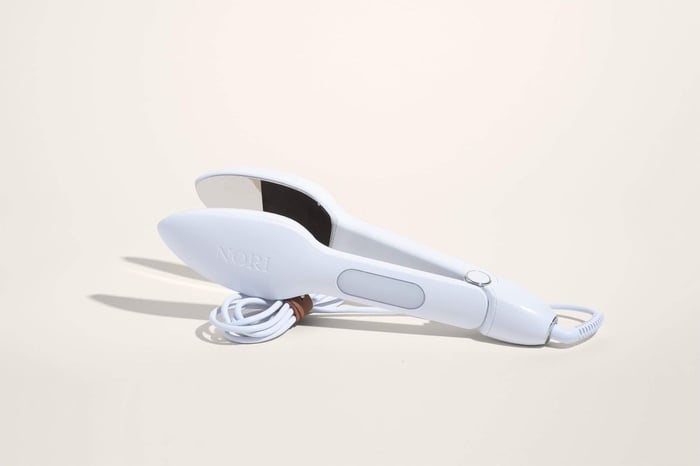Imagine having a clothes steamer that consistently delivers perfect results, leaving your garments wrinkle-free and fresh. That sounds like a dream, right? The truth is, that maintaining your clothes steamer for optimal performance is not only possible but also a key part of efficient housekeeping. In this blog post, we will guide you through the process of how to clean a clothes steamer step by step, ensuring its longevity and pristine performance.
We will also introduce you to the Nori Press, a steam iron that works great, is fun to use, and needs way less maintenance than a traditional cloth steamer.
From determining the ideal cleaning frequency to troubleshooting common issues, we’ve got you covered. So, let’s embark on this journey together and unlock the full potential of your clothes steamer, making it an indispensable tool in your textile conservation arsenal.
Key Takeaways
-
Regular cleaning of garment steamers is necessary to ensure efficiency and prevent mineral buildup.
-
Safety precautions such as unplugging, cooling down, and emptying the water reservoir must be taken before beginning the cleaning process.
-
Troubleshooting common steamer issues can help maintain peak performance and extend its life.
The Nori Press - An Alternative To High-Maintenance Steamers
The Nori Press is considered a good alternative to high-maintenance clothes steamers for several reasons:
-
Compact and Lightweight: Unlike traditional steamers which can be bulky and require a dedicated storage space, the Nori Press is designed to be compact and lightweight. This makes it easy to store in small spaces and convenient for travel.
-
Ease of Use: The Nori Press often features a design that is intuitive to use. You don't need to deal with a separate water tank or a long hose; it's as simple as filling the device with water, waiting for it to heat up, and then pressing your clothes. This simplicity appeals to those who find traditional steamers cumbersome and complicated.
-
Efficiency: It heats up quickly and can remove wrinkles from clothes in less time than it might take to set up and use a traditional steamer. This efficiency is a significant advantage for people with busy schedules.
-
Versatility: The Nori Press is designed to handle a variety of fabrics, from delicate silks to sturdy cotton, making it a versatile tool in your laundry arsenal. This versatility reduces the need for multiple ironing or steaming devices.
-
No Ironing Board Required: Traditional ironing and some steamers require an ironing board or a similar flat surface. The Nori Press eliminates this need, allowing you to de-wrinkle clothes directly on the hanger or laid out on any flat surface.
-
Dual Purpose: Some Nori Press models combine the functions of an iron and a steamer, offering both heat and steam to efficiently remove wrinkles. This dual functionality means you can achieve a polished look without needing two separate devices.
-
Safety Features: With automatic shut-off features and other safety measures, the Nori Press is designed to be safer and more user-friendly, reducing the risk of accidents compared to traditional steamers and irons.
-
Eco-Friendly: By using less energy and water than traditional steamers and irons, the Nori Press can be a more eco-friendly option for those looking to reduce their environmental impact.
-
Cost-Effective: Considering its versatility and the fact that it can replace both a traditional iron and steamer, the Nori Press can be a cost-effective solution for many users.
-
Low Maintenance: Without the need for descaling as frequently as high-maintenance steamers or dealing with complex parts, the Nori Press is relatively low maintenance, appealing to those who prefer simplicity and ease of care in their appliances.
Overall, the Nori Press offers a convenient, efficient, and versatile alternative to traditional clothes steamers, making it an attractive option for those looking to simplify their garment care routine.
Determining the Cleaning Frequency

Why is cleaning a garment steamer so important? One word: efficiency. Mineral deposits from the water used in the steamer can cause it to become clogged and less effective over time. Hence, setting up a cleaning routine that works for you is necessary.
For those who use their clothes steamer daily, monthly cleaning is recommended. If you’re an occasional user, a thorough cleaning before storing your steamer is advised. Keep in mind that using tap water in your steamer can lead to mineral buildup, causing issues such as:
-
inadequate heating
-
obstructions
-
expelling water
-
a shortened lifespan of the steam cleaner
How To Clean a Clothes Steamer: Preparing for the Cleaning Process

Before beginning the cleaning process, follow some key steps to guarantee your safety and the smooth execution of the procedure.
-
Always remember to unplug your clothes steamer before you start using it.
-
Also, ensure that it has cooled down completely before storing or re-using it.
-
Next, make sure to empty the water reservoir.
This sets the stage for a successful and efficient cleaning session, making the most of the remaining cleaning solution.
Safety First: Unplug and Cool Down
Prioritize safety when cleaning your clothes steamer. Unplugging the steamer and allowing it to cool down for a few minutes is a necessary precaution to prevent burns and electrical hazards.
Disconnecting the steamer and allowing it to cool off is not just a formality – it’s a vital step in ensuring your safety and the longevity of your device. Ignoring this step could result in burns or electrical hazards, and we certainly don’t want that.
Empty the Water Reservoir
After the steamer cools down, proceed to empty the water reservoir. This step is crucial, as it allows you to clear any remaining water before cleaning the steamer. Depending on your steamer model, you may need to either drain the water through a valve or flip the steamer over to empty the reservoir.
After draining the water, give the reservoir a good rinse to ensure no residue remains. With the reservoir empty, you’re now ready to proceed with the cleaning process.
Cleaning with Distilled White Vinegar

When it comes to cleaning your clothes steamer, nothing beats distilled white vinegar. Mix two parts of distilled water with one part white vinegar to make a cleaning solution. It’s that simple! Be sure to avoid using apple cider or any other flavored vinegar, as these may leave residues in the tank.
After introducing vinegar and water solution into the water tank, replace the cap or plug on the reservoir, plug in the garment steamer, and turn it on. The vinegar solution will work its magic, eliminating calcium and other salt deposits that may be obstructing the nozzle and impeding the efficient functioning of the steamer.
Once the solution has been heated, discharge it through the nozzle to complete the cleaning process.
Cautionary Measures
Even during the cleaning process with distilled white vinegar, don’t disregard safety. Following a few essential safety measures, such as ensuring the steamer is unplugged and turned off prior to cleaning, will keep you and your steamer safe.
When disposing of the used solution, do so in accordance with local regulations. This not only keeps you safe, but also helps protect the environment.
Rinsing and Refilling the Steamer

After the vinegar solution has done its job, proceed to rinse and refill the steamer. Drain the cleaning solution from the reservoir. Let it sit for around 30 minutes before you start.
Next, refill the steamer with either distilled water or a mixture of half tap water and half distilled water. Running distilled water through the steamer will help remove any remaining vinegar. After running half the distilled water through the steamer, empty the heated water and allow it to cool down fully before reusing.
Disassembling and Inspecting Components
After cleaning and rinsing your steamer, the next step involves disassembling and examining its components. Checking for issues such as fractured hoses, gaskets, and residue in the nozzle is vital in ensuring the longevity and optimal performance of your steamer.
Dry the components with a microfiber cloth or leave them to air dry before you put them back together. This is important so that there are no moisture residues left behind.
Nozzle Maintenance
Maintaining the nozzle properly is essential for your clothes steamer to work efficiently. Begin by soaking the nozzle in warm distilled white vinegar for a minimum of four hours or overnight. This will help loosen any dirt or residue that may be clogging the nozzle.
After soaking, rinse the nozzle thoroughly and use a toothpick to clear any blocked areas. With the nozzle clean and free of clogs, you can now reassemble your steamer and enjoy its optimal performance.
Reassembling and Storing the Steamer
With your steamer cleaned and each component inspected, you can now put it back together for storage or immediate use. If you plan to use your steamer immediately, refill the water tank with distilled water or a combination of half tap water and half distilled water.
If you intend to store your steamer for a longer duration, remember to use the drain valve to empty the water tank beforehand. This will help prevent clogs and damage to the machine, ensuring your steamer is ready for action when you need it.
Preventing Mineral Deposits and Prolonging Steamer Life

Adopting preventive measures against mineral deposits is key to maintaining your clothes steamer’s condition and extending its lifespan. Using distilled water, draining the reservoir after each use, and adhering to a regular cleaning regimen are all recommended practices.
By following these simple tips, you can not only prevent mineral buildup and potential damage to your steamer but also ensure it operates at its highest efficiency. After all, a well-maintained steamer is a key tool for textile conservation and efficient housekeeping.
Troubleshooting Common Steamer Issues
Despite your best efforts, you may occasionally encounter issues with your clothes steamer. Some common problems include condensation in the hose or mineral buildup. Recognizing these issues’ root causes and undertaking suitable measures to fix them is fundamental to sustaining your steamer’s peak performance.
By staying vigilant and addressing any issues as they arise, you can keep your clothes steamer, also known as a fabric steamer or garment steamer, functioning at its best, ensuring wrinkle-free garments and efficient housekeeping for years to come. One way to maintain its performance is to clean a garment steamer regularly.
Summary
In conclusion, maintaining your clothes steamer for optimal performance is essential to efficient housekeeping and textile conservation. By following the steps outlined in this blog post, from determining the cleaning frequency to troubleshooting common issues, you can ensure your steamer remains a reliable tool in your home care arsenal.
So don’t let mineral deposits and clogs dampen your steamer’s performance. Embrace these cleaning and maintenance tips, and enjoy the satisfaction of perfectly steamed garments, every time.
Frequently Asked Questions
How do you clean a laundry steamer?
Unplug the steamer, empty the water tank, fill it with vinegar or a cleaning solution, power up the steamer, expel the liquid, refill the tank with distilled water, run the steamer, and allow to cool and remove the heated water.
Can you run vinegar through a clothes steamer?
Yes, you can run vinegar through a clothes steamer for cleaning purposes - simply fill the reservoir with one part white vinegar to two parts distilled water and allow the solution to run until it is half gone. Let the water cool down and empty the steamer afterward.
Alternatively, you can prepare a mixture of 250 ml of water and 50 ml of vinegar or 1 teaspoon of citric acid, and allow it to run until the liquid is finished.
Do garment steamers sanitize?
Garment steamers can help get rid of lingering odors and kill common pathogens, along with mites, mold, and tiny critters.
It is an effective way to sanitize as some top steamer brands like Conair claim their steamers can actually kill up to 99.9 percent of germs, dust mites, and bed bugs.
How do you clean a steamer heating element?
To clean a steamer heating element, unplug and empty the water tank, fill it with vinegar, turn on the steamer, and expel the vinegar, then fill the tank with distilled water and expel it.
Finally, cool and dry the steamer.
How to use a steamer?
To use a steamer, press the steam button to release steam.
With an upright steamer, move the steamer against the fabric in any direction, and be sure to hold the steamer against the garment while keeping it taut.
Move slowly to avoid forming wrinkles again.






